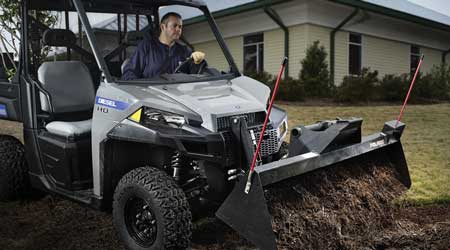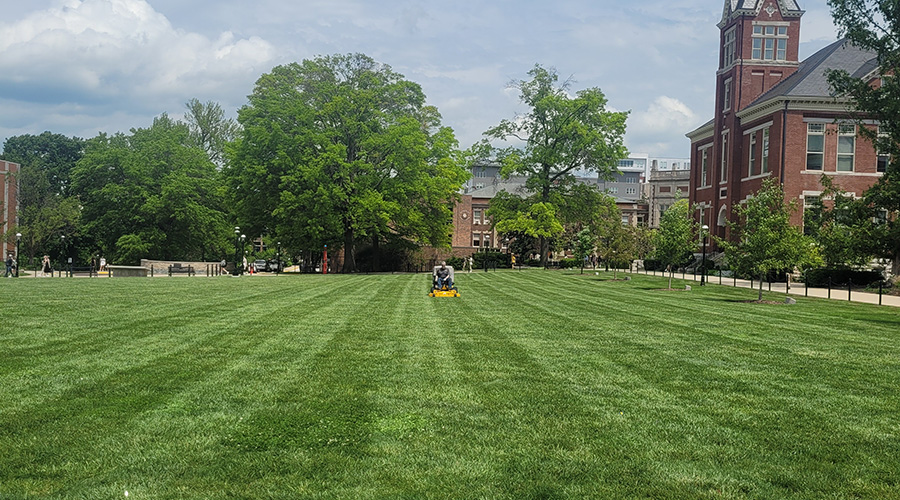Utility Vehicles: To Repair or Replace?
No matter how effective utility vehicle maintenance is, a manager eventually must decide whether to replace or repair it.
No matter how effective utility vehicle maintenance is, at some point in every vehicle’s performance life, a manager must decide whether to replace or repair it. To prepare for these decisions, managers rely on proper records that have been kept and capital replacement plans that have been put into place.
Managers should set capital replacement plans at the time of the utility vehicle purchase, not when preparing to replace one. For utility vehicles, five years is a reasonable lifespan to assume for replacement purposes. Light use and proper maintenance probably will enable the machine to last longer, but it is also possible that this point can come earlier with heavy use and harsh conditions.
Tracking repairs and costs helps managers distinguish between normal wear and tear and repairs that are more closely related to equipment failure. Mechanics should document all repairs with the date and hour meter reading, and they should write a description of the repair along with parts used, including the costs for materials and labor.
For departments that can record more detailed information, mechanics should track whether the repair was due to wear and tear, damage or failure. This step allows managers to identify repair costs related to equipment failure and not repairs from normal use that any vehicle would have needed, potentially impacting their decisions. Mechanics also should note any parts that have become hard to find.
Under normal circumstances, utility vehicles will begin to show signs of critical failure. For example, it is normal and is likely not a sign of imminent failure that an engine begins to burn more oil during its performance life. As the equipment gets older, operators will have to add oil more often.
Mechanics should track these intervals and review the entire fleet to learn trends related to different brands of equipment. One rule of thumb for utility vehicles is that when they begin to burn roughly a quart of oil a week, it is time to prepare for engine failure.
To make the final decision on replacement versus repair, managers need to look at the costs related to a vehicle over the past year and make assumptions on repairs needed for the next year. When the monthly cost of repair is lower than that of a new machine, repair is the best choice.
When costs of repair are greater than the monthly cost of a new machine, managers need to take a closer look at projected engine and transmission life, as well as other large repair items that might impact the utility vehicle repair-or-replace decision.
Related Topics:














